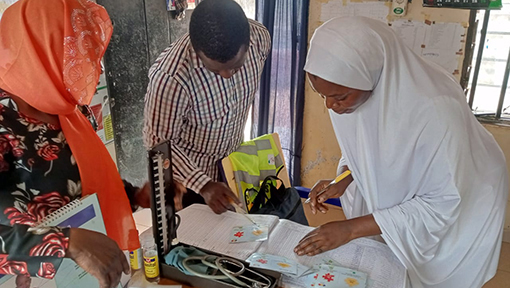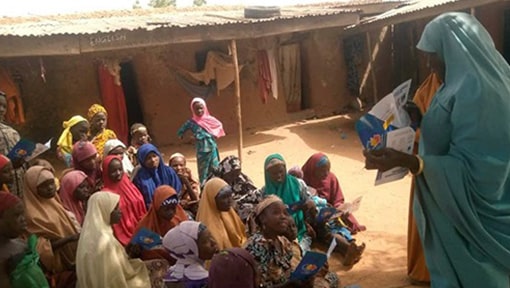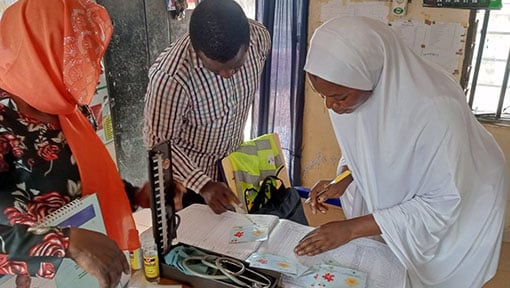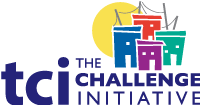Activating the Urban Health System to Provide Quality Family Planning Services in Uttar Pradesh, India
Contributors: Nitin Dwivedi, Mukesh Sharma, Deepti Mathur, Amardeep Kohli, Nivedita Shahi, Mange Ram and Anupam Anand
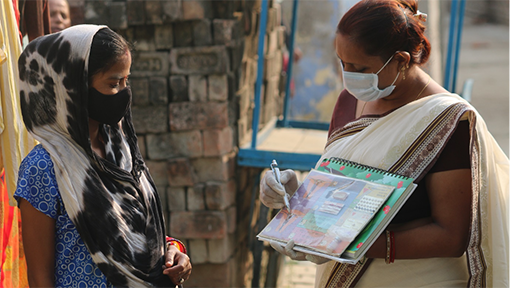 The Challenge Initiative for Healthy Cities (TCIHC) started its demand-driven, city-led model in 20 cities of Uttar Pradesh (UP) in 2017. At that time, the National Urban Health Mission (NUHM) had just started training urban Accredited Social Health Activists (ASHAs). In addition, all of the infrastructure for urban primary health centers (UPHC) was put in place under NUHM; however, they focused primarily on providing curative care services and other health priorities, such as immunization and polio drives.
The Challenge Initiative for Healthy Cities (TCIHC) started its demand-driven, city-led model in 20 cities of Uttar Pradesh (UP) in 2017. At that time, the National Urban Health Mission (NUHM) had just started training urban Accredited Social Health Activists (ASHAs). In addition, all of the infrastructure for urban primary health centers (UPHC) was put in place under NUHM; however, they focused primarily on providing curative care services and other health priorities, such as immunization and polio drives.
Family planning existed but was limited to mainly condoms and oral contraceptive pills. Medical officers and staff nurses were out of practice on how to provide other contraceptive methods and, as a result, intrauterine contraceptive device (IUCD) kits had been lying unused for years. Besides, the government and facility staff believed long-acting reversible contraceptives (LARCs), such as IUCDs, could not be provided at UPHCs. With such gaps and challenges, UPHCs were not equipped to introduce LARCs.
Faced with this reality, TCIHC got to work advocating for more resources towards family planning services to ensure trained providers, especially on LARCs, and sufficient contraceptive commodities, supplies and equipment for IUCDs at UPHCs. Its advocacy efforts also led to the introduction of two new methods – the injectable Antara and non-hormonal weekly pills, Chhaya – at UPHCs as well, increasing the method mix for women and couples. In addition, TCIHC helped cities dedicate a day for family planning at all UPHCs via its fixed day static (FDS)/family planning day (FPD)/antaral diwas high-impact approach. At the same time, TCIHC coached the new cadre of urban ASHAs to understand the importance of completing and updating their diary or Urban Health Index Register (UHIR); identify family planning non-users among their diary; and effectively counsel and refer non-users and current users based on their unique needs.
These efforts not only led to increases in annual client volume and improvements in method mix but also the decongestion of district level facilities. For the 20 TCIHC-supported cities, IUCD uptake at UPHCs increased by more than 230% from approximately 33,000 in 2017-18 to over 100,000 in 2019-2020, according to HMIS.

Comparison between TCIHC and non TCIHC cities with regards to IUCD services (source: HMIS).
When demand is bifurcated at various supply delivery points, it increases optimal utilization of resources. The community opts for the services closest to their doorstep, which saves time and effort on their part and saves resources and time of higher order facilities and decongests them and allows them to focus on complex higher order services for which they were created. Moreover, distribution of demand allows all supply delivery points to give quality services as they are not overburdened. Moreover, service providers are able to take the time they need for quality counseling, which leads to improved client and provider satisfaction.
Availability of FP services at UPHC level has not only increased the overall demand of family planning services but now clients prefer to visit UPHCs rather than Urban Community Health Centres (UCHC) for services like interval IUCD and Antara, reason behind this is easy availability of quality FP services in their vicinity.”
I am happy that I can avail family planning services of my choice from nearby Zakir colony UPHC. Because a few months back when I visited the district hospital for the same, I had to return without availing services due to high client load. Even the district hospital is quite far from my place. Now whenever I meet any woman in my area interested in family planning, I tell her about our nearby facility.”
When demand is bifurcated at various supply delivery points, it increases optimal utilization of resources. The community opts for the services closest to their doorstep, which saves time and effort on their part and saves resources and time of higher order facilities and decongests them and allows them to focus on complex higher order services for which they were created. Moreover, distribution of demand allows all supply delivery points to give quality services as they are not overburdened. Moreover, service providers are able to take the time they need for quality counselling, which leads to improved client and provider satisfaction.
I used to refer clients to district hospital for all kinds of services; mostly for delivery, female sterilization, Copper T, Antara. But, UPHCs of my area started providing many services. Due to which, I refer women to UPHCs for family planning services as well. The doctors and staff nurse at the UPHC counsel and provide suitable advice on family planning. Women who thought they wanted female sterilization but were unsure are now taking long-term spacing methods from these UPHCs. Most women choose IUCD. Before few choose Antara because we had to take them to the district hospital but now, they get this at UPHC. As a result, my time and client’s time both are saved. I had to spend more money to travel to district hospital. Due to UPHCs providing family planning services, I along with my area are both benefitting.”
To learn more about how this TCIHC strategy has led to gains in short-term method and LARC uptake across UP and specific examples from Lucknow, Moradabad and Firozabad, see the first edition of TCIHC’s PAthways to Scale and Sustainability bulletin.

